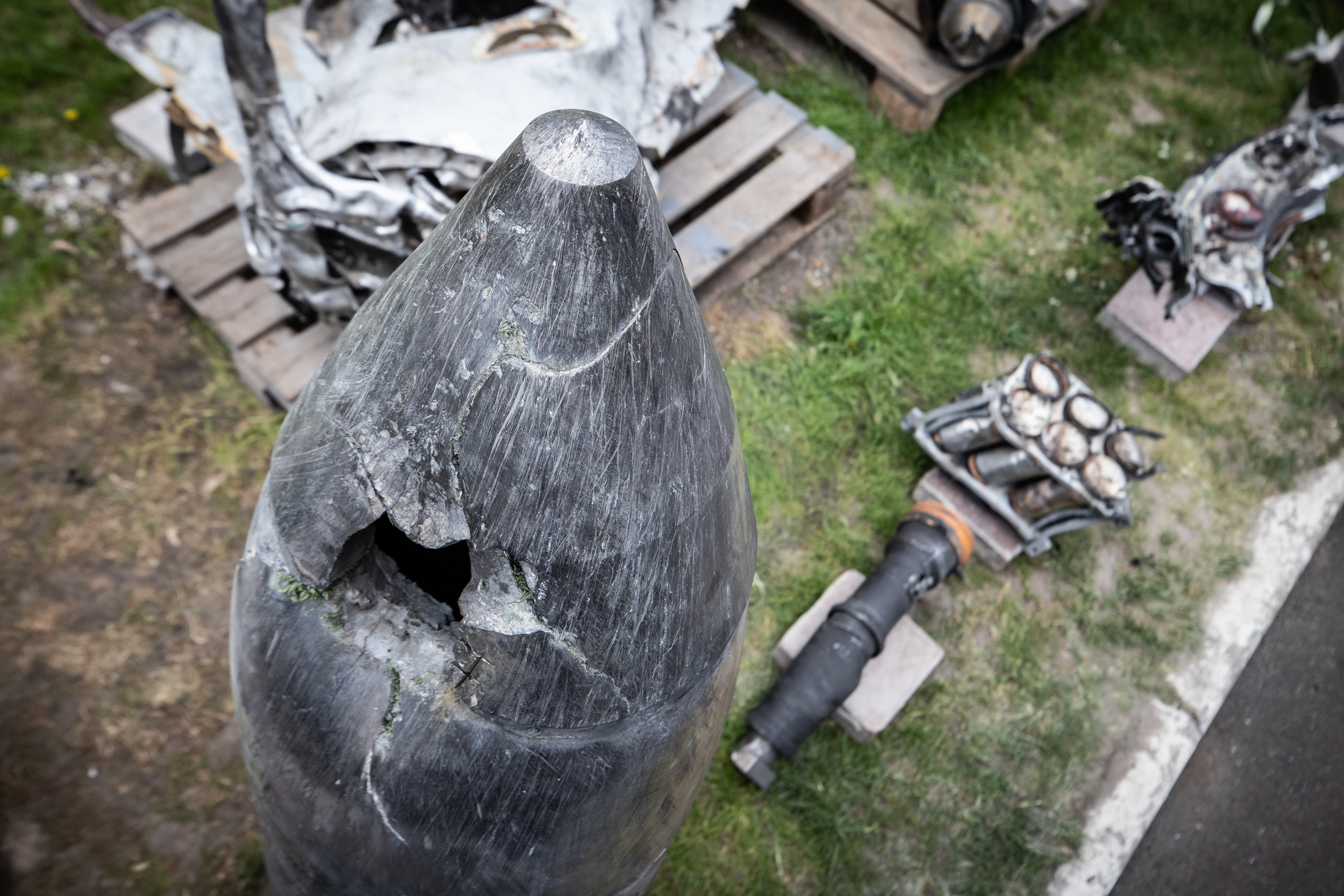
The U.S. State Department's recent harsh rebuke of unchecked Israeli settlement building and mounting Palestinian house demolitions has set off countervailing criticism from those who question not only its tone and timing but the very definition of illegal settlement building.
The world does not often agree on international issues, but there is an international consensus that the Green Line remains the ad hoc border of Israel and any building over the line constitutes Israel's creation of new facts on the ground to secure Israeli control of Palestinian territory and reduce the size of a future Palestinian state.
The further absorption of Palestinian land and erosion of contiguity inside and between Palestinian territories leads inevitably to one outcome: the geographic impossibility of a two-state solution and the continued drift into a non-democratic Israeli polity, if not an apartheid state.
For any who think this analysis is hyperbolic, one must only refer to the map of Jerusalem below, which literally documents how Israeli settlement building undermines the territorial contiguity required to build an independent sovereign Palestinian state.

You can see how continued Israeli construction between already built up areas solidifies Israeli control of East Jerusalem—particularly clear around the southern and northern perimeters—by fragmenting East Jerusalem and further disjoining it from the West Bank.
When we speak of time running out, then, what we mean is that linking up enough new facts on the ground—whether thousands of new housing units or national parks that consume Palestinian land or massive road infrastructure to link Jerusalem with the outlying settlement blocs—renders negotiators incapable of negotiating a two state solution. Each new approval brings us to the final edge of possibility; thus the heightened rhetoric from the State Department.
Beyond the clearly threatening impact of unilateral Israeli moves in the absence of an agreement, one must also acknowledge that these actions are made possible by a fundamental imbalance of power that enables Israel to pre-emptively execute land swaps without giving up anything of its own.
Swaps, by definition, work on a 1-to-1 basis. Where, on the map, can we indicate Israel's sacrifice? What is it trading for further expansion of Gilo and Har Homa—contributing to the near total breaking of contiguity between East Jerusalem' southern perimeter and the West Bank—or enlargement of Ma'ale Adumim in the West Bank?
If one insists on rationalizing Israeli building in East Jerusalem and the outlying settlement blocs by relying on the assumption that those areas will be traded, one must hold Israel accountable for designating which of its sovereign areas it is willing to give up. At no point has Israel so much as publicly entertained what it is prepared to negotiate in return.
The recent U.S. condemnation is anything but overstated; it is an indication of mounting global concern over the imminent extinction of the two state solution. In the next six months, until January 20, 2017, the window for saving it remains open, albeit narrowly.
In a courageous attempt to sustain the fumes of hope for the two state paradigm, the French government is driving an initiative to convene an international conference in 2016—a tent for organizing consensus toward a draft U.N. Security Council resolution to revive peace talks. If the conference can achieve the support of nine out of 15 Security Council members for its suggested draft-resolution, with the U.S. agreeing not to exercise its veto, the two state solution will be able to cling to its ninth life.
Given the severe consequences of Israeli unilateral moves on the gasping viability of the two state solution, the State Department's recent statement did not signal hostility to Israel but rather an expression of genuine concern about its future as a Jewish and democratic state.
It can now leverage the impact of its declaration by joining with Europe and other forces around the globe, including some moderate Arab states, to outline the parameters for a resolution to the Israeli-Palestinian conflict.
If this initiative fails, those in Israel, clinging with fingernails to the two-state solution, will no longer be able to justify its viability to those impatient for a new one-state strategy.
Alon Liel is the former director general of the Israeli Foreign Ministry, former Israeli ambassador to South Africa and board member of Ir Amim, Israel's longest standing nongovernmental organization focused on Jerusalem within the context of the Israeli-Palestinian conflict.
Uncommon Knowledge
Newsweek is committed to challenging conventional wisdom and finding connections in the search for common ground.
Newsweek is committed to challenging conventional wisdom and finding connections in the search for common ground.
About the writer
To read how Newsweek uses AI as a newsroom tool, Click here.








